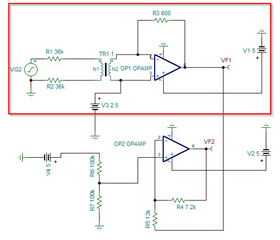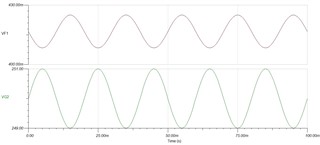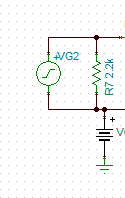Other Parts Discussed in Thread: TLV9002, TINA-TI
Tool/software:
Hello TI Team ,
We are experiencing some confusion in properly setting the gain for our circuit. Could someone please assist us in adjusting the gain for the attached circuit? Additionally, we would appreciate it if you could verify whether the attached waveform and circuit are correct.
Furthermore, could you provide the correct procedure for simulating the circuit and obtaining the correct waveform?
Thank you for your help!









